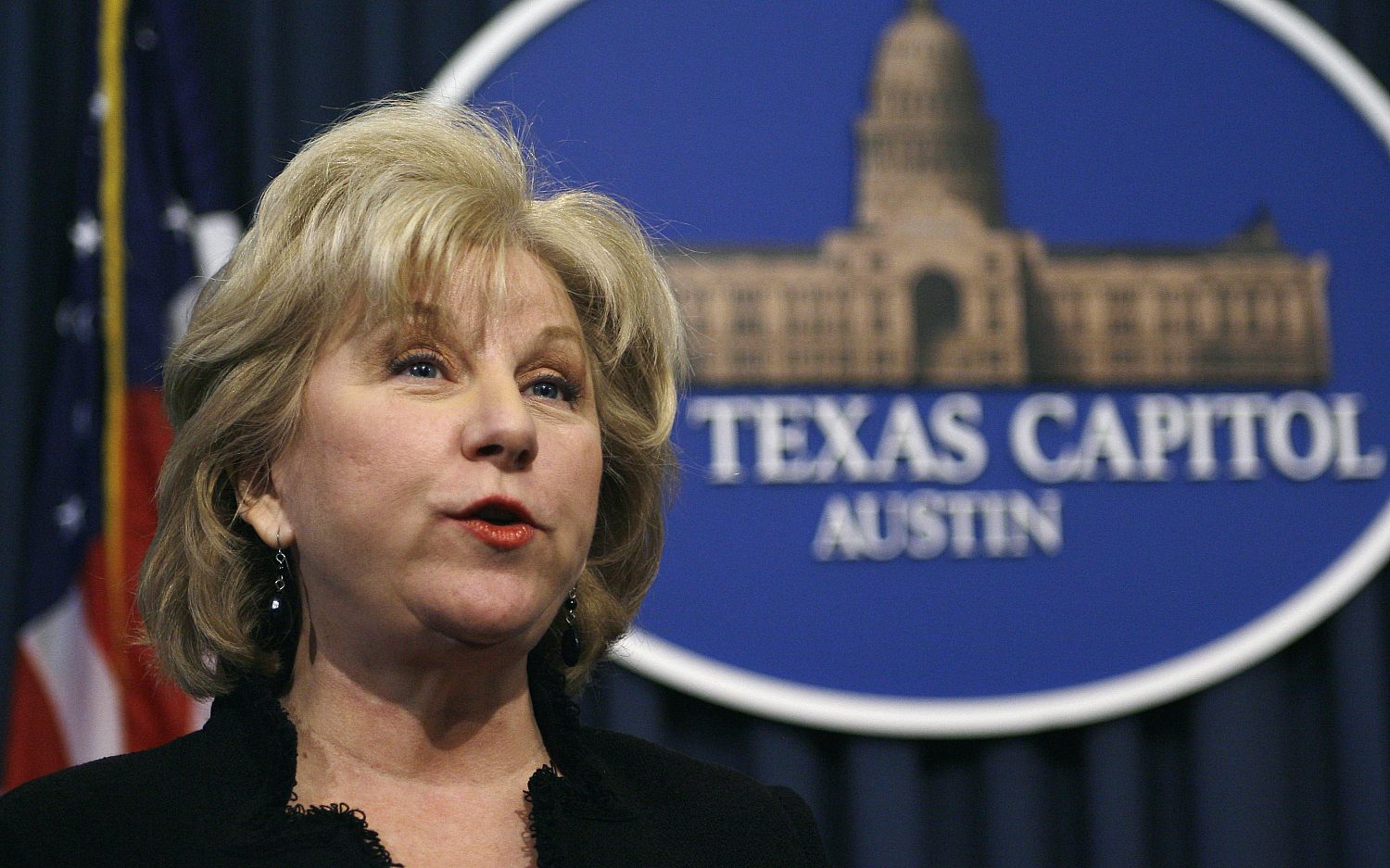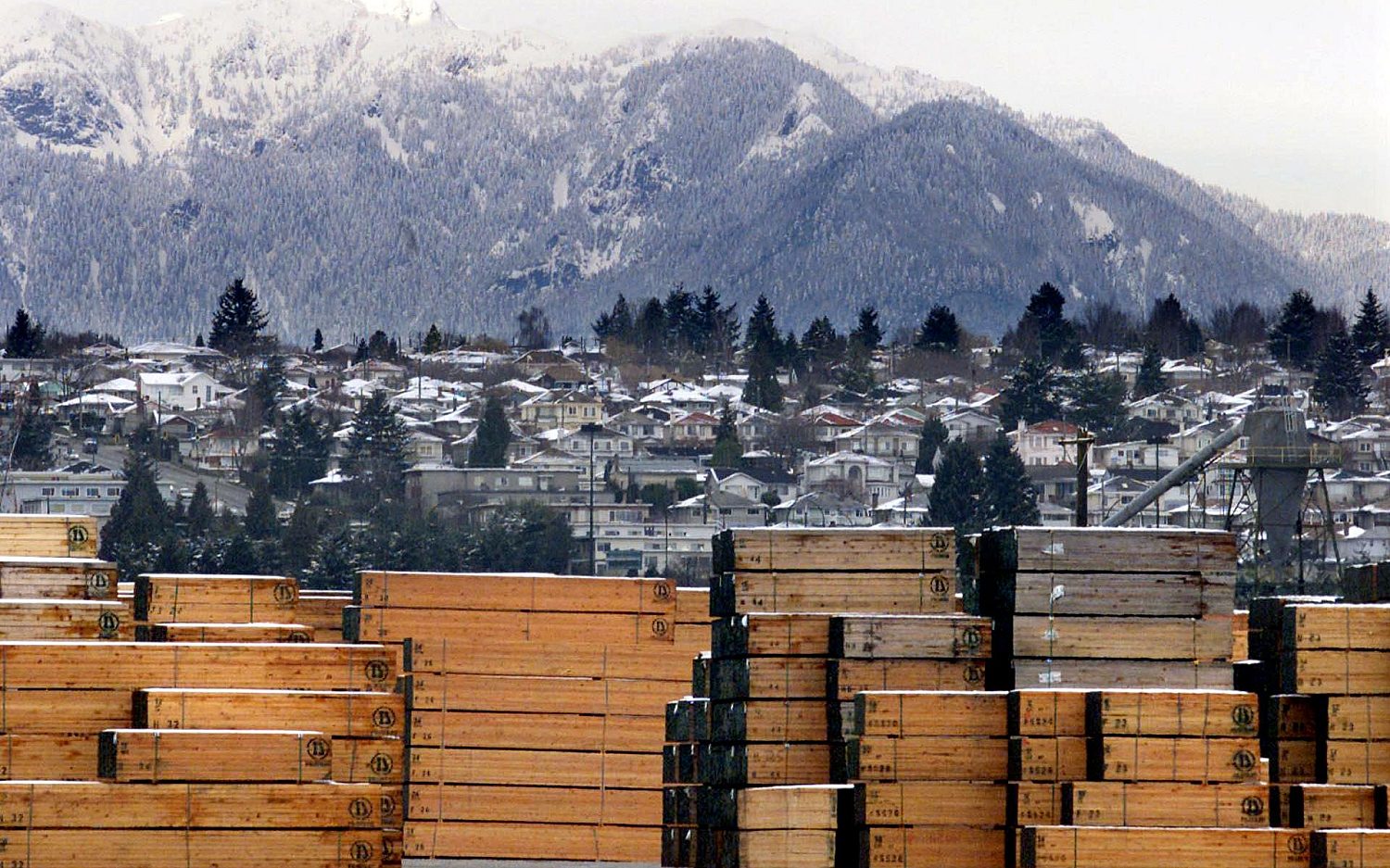Deeper ports, wider horizons
East Coast ports are scrambling to prepare infrastructure and deepen channels to serve massive “New Panamax” size container ships that are about 250 feet longer than the ships currently transiting the Panama Canal. Construction to widen the channel to accommodate the New Panamax ships will be completed by 2015.
“Increased tonnage primarily from Asia will have the ripple effect of manufacturers investing in large Distribution Centers along the East Coast and bring subsequent jobs” said Tobe Hester, director of South Atlantic Sales at UTC Overseas, Inc. in Charleston, S.C. “Ports will take back traffic that was previously routed through the Suez Canal.”
Harboring bigger boats requires deeper water. To accommodate super-sized ships—and capture more trade—the ports of Norfolk, Va., New York City, and Baltimore have already dredged their channels to at least 50 feet, the depth sweet spot. But other major ports have not yet made changes, despite long-held plans.
Savannah, Ga., and Charleston plan to deepen port waters to widen their global reach and stay competitive with shippers. Charleston has the deepest channels in the South Atlantic, at 45 feet, but is going for 48 feet. Savannah’s 42-foot waters will be dredged to 47 by next year. Charleston and Savannah, ranked the 8th and 4th busiest U.S. ports respectively, are regional rivals.
Deep is good, but wide is even better: Big carriers call ports that can meet their inland distribution needs through different modes of transportation. Accordingly, South Carolina and Georgia are beefing up inland infrastructure: Greer Inland Port in South Carolina will open in October, linked by overnight rail to Charleston. And by 2019, Charleston expects to boost container capacity by 50 percent, with a $525 million rail-served shipping terminal and a port-to-interstate access road. In Savannah, improvements include building roads catering to distribution centers for major importer-exporters, like Lowe’s and Walmart.
Ship channel deepening in both ports bodes well for exports, especially heavy commodities such as grain, lumber, and cars. Imported goods, like clothing and electronics, are often lighter. In Savannah, floating heavy ships in and out currently depends on tide levels. Wait times at sea drive up shippers’ costs so consumers pay more.
In 2010, President Barack Obama announced he wanted to double the nation’s exports within five years. Last week, Vice President Joe Biden and Transportation Secretary Anthony Foxx, visited Charleston, Savannah, and other Eastern port cities stressing that port investment brings regional economic strength and middle-class business growth.
Yet the Obama administration only allotted $600,000 in the 2012 budget for Savannah’s $625 million Harbor Expansion Project. Georgians were disappointed because the Department of Transportation had offered to pay for two-thirds of the Savannah project.
The buzz word for ports is connectivity. Goods, jobs, and economic benefits will flow to—and from—ports that are deep and have wide inland links.
The Associate Press contributed to this report.
An actual newsletter worth subscribing to instead of just a collection of links. —Adam
Sign up to receive The Sift email newsletter each weekday morning for the latest headlines from WORLD’s breaking news team.




Please wait while we load the latest comments...
Comments
Please register, subscribe, or log in to comment on this article.